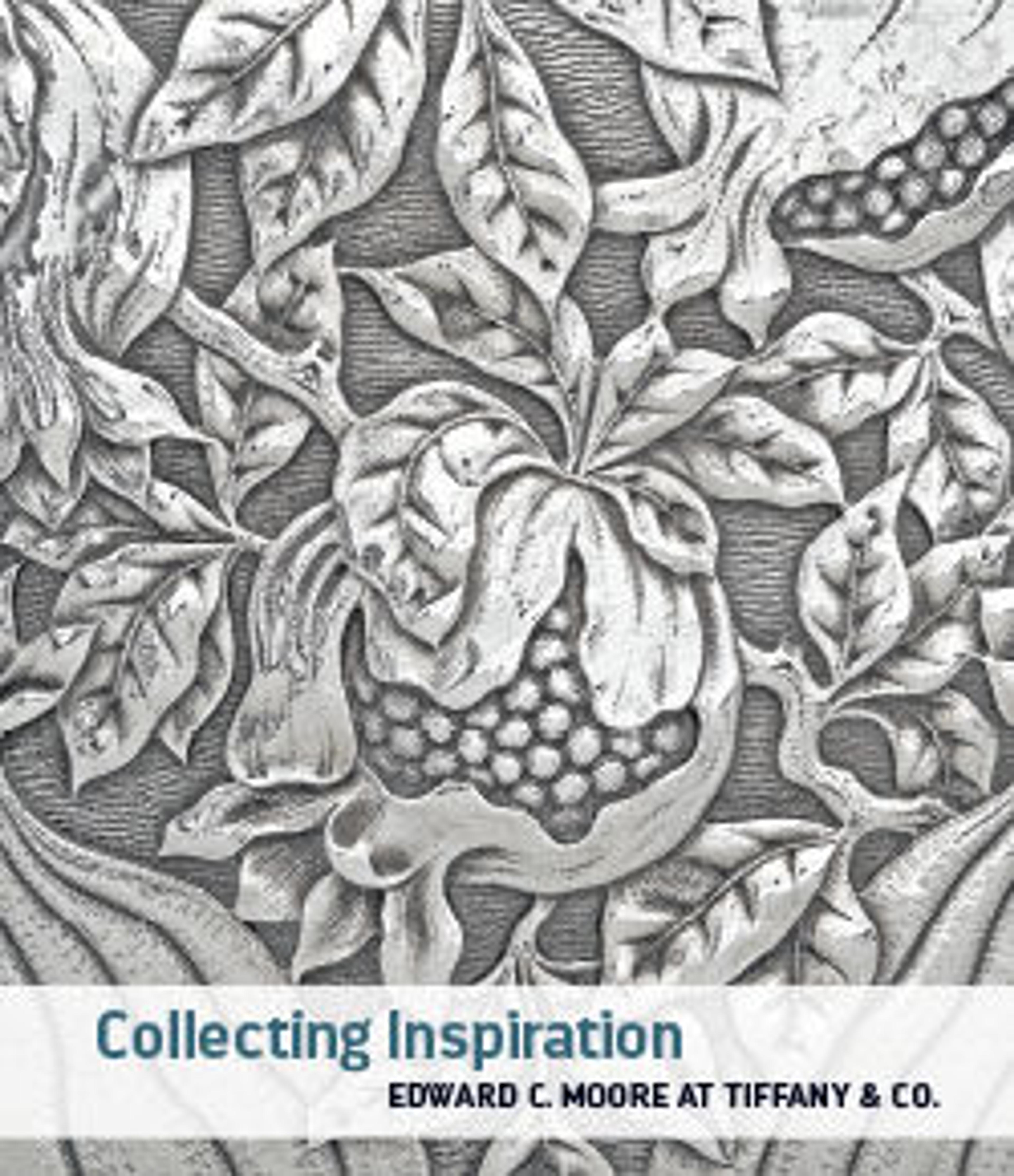Tea Caddy (Chaire)
The clean shape of this tea caddy and the unique texture of the glaze are probably what caught Moore’s attention. Tea culture (chanoyu) in Japan dates back to the medieval period and relates to Buddhist practices, but it was primarily Sen no Rikyū (1522–1591) in Kyoto who established the Japanese-style tea. He created austere surroundings for the tea gatherings with a preference for Japanese utensils that are often imperfect or asymmetrical, an aesthetic known as wabi-sabi.
Artwork Details
- Title:Tea Caddy (Chaire)
- Period:Edo period (1615–1868)
- Date:18th century
- Culture:Japan
- Medium:Stoneware with iron glaze (Seto ware); ivory lid
- Dimensions:H. 1 3/4 in. (4.4 cm); W. 4 in. (10.2 cm)
- Classification:Ceramics
- Credit Line:Edward C. Moore Collection, Bequest of Edward C. Moore, 1891
- Object Number:91.1.157
- Curatorial Department: Asian Art
More Artwork
Research Resources
The Met provides unparalleled resources for research and welcomes an international community of students and scholars. The Met's Open Access API is where creators and researchers can connect to the The Met collection. Open Access data and public domain images are available for unrestricted commercial and noncommercial use without permission or fee.
To request images under copyright and other restrictions, please use this Image Request form.
Feedback
We continue to research and examine historical and cultural context for objects in The Met collection. If you have comments or questions about this object record, please contact us using the form below. The Museum looks forward to receiving your comments.
